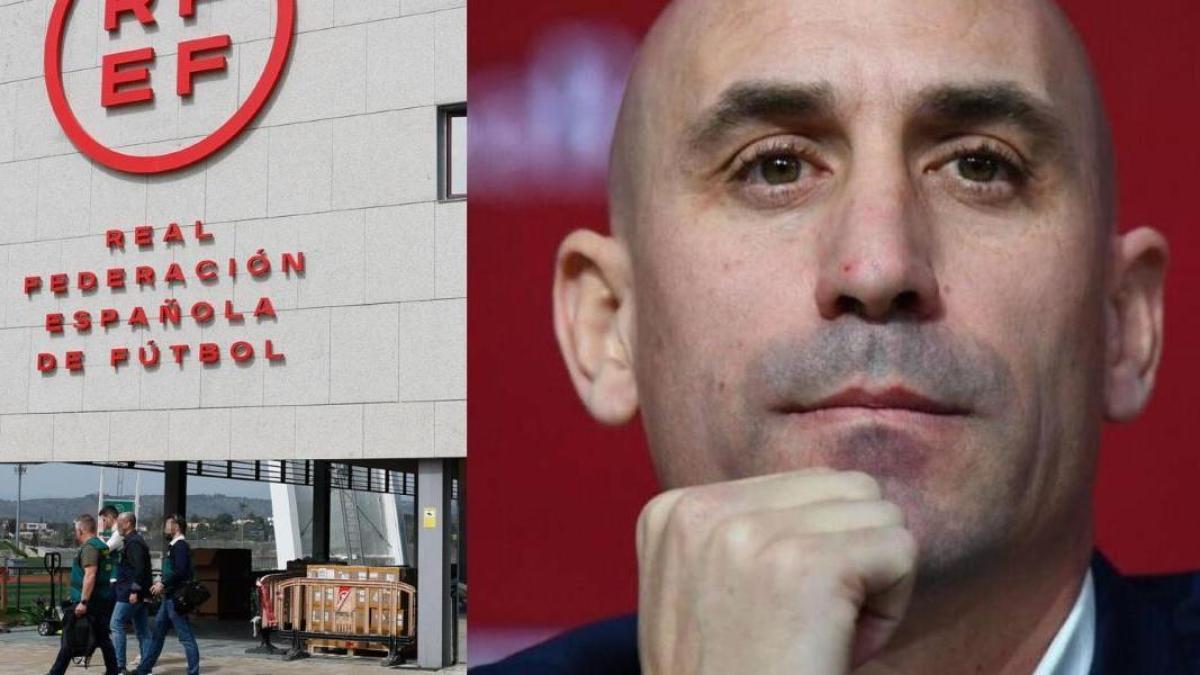Greg Maffei: Formula One has never been so healthy. The interest of the fans is incredibly high. We have great competition on the track and we have helped the teams. When we entered the Manor, the 11th team had just been sold in receivership for a pound. Today I don’t think you can buy a team for less than $ 500 million, maybe $ 700 million. You can try. But it will be difficult. The value has increased tremendously. And in part this is due to the steps taken to try to create more competition on the track that also supports the health of these teams. To make things work you need to have a healthy ecosystem of teams. And I believe that all of these things are happening, and there is also an increase in the interest of the fans. On TV, in person, we’ve never had bigger events. So very good.
Photo by: Steven Tee / Motorsport Images
Stefano, the cornerstone in terms of increasing the value of the teams was the cost cap, which many thought would never be achieved in F1.
Stefano Domenicali: Absolutely yes. I think the vision that Greg had, along with Chase (Carey), who deserves great credit, was that of having a discontinuity with respect to what happened previously. And discontinuity means having a professionalism with a different way of doing sport. The vision was to make the Formula One business financially sustainable. We can talk about revenues that could be higher, but the costs are something for sure. So the only way to make sure your margin is bigger is to control expenses. It was therefore a very important milestone that completely changed the vision of sport and gives credibility to the system. A sustainable business means that teams can invest and grow. All elements are now secure and financially strong. We can think of a bigger future. Thinking about a bigger future means that we must respect what Formula One was, but enter new markets that will potentially allow us to grow, not only from a financial point of view, but also in terms of awareness and passion for this sport. We are talking about a sport that must have the element of emotion; we want to focus the main attention on the track. So great races, to make sure that the drivers, who represent the jewels for us, have the opportunity to fight each other, opening up the possibility through social media to have the opportunity to see them. It is important to get in touch with the new generation. We need to create different narratives for different types of fans.
I don’t think there has ever been such an influx of new sponsors into the sport since tobacco advertising was banned in the mid-2000s. Almost every F1 team you talk to is now almost turning down sponsors.

Photo by: Steven Tee / Motorsport Images
GM: I think so, because there is little space on the machine to put another logo. Growing interest from people who truly understand technology has been a huge part and has grown interest among Silicon Valley’s tech communities – look at how many cars now have a tech sponsor, if not more tech sponsors. This has opened up a number of sectors, but then there are also the more casual fans, who perhaps appreciate the stories of the pilots, the personalities. Then there is the growing youth of our fans, from a poll (Motorsport Network’s F1 2021 Global Fan Survey) we lowered the average age by four years. This has paved the way for a whole host of consumer products and a whole host of other types of brands that find it attractive. We were very lucky to have the interest of all the sponsors.
SD: Think about the depth of cryptocurrencies. We have 10 different cryptocurrency brands. And I can say that the software companies are exactly the same. (It is) very healthy. It means that for the first time there is no need for any kind of loan, as was normal in the past, to make sure the teams are alive. So they are very solid. And this is a great reward for their investment in us. And that is why we believe that the team community must be respected. Today it is not a problem to have more teams, because we have a list; some of them have more voice than others, but many people and investors would like to be in Formula One. But we have to protect it. So this is another sign of a very healthy system.

Photo by: Steven Tee / Motorsport Images
So now you have with ten teams do you have the right number of teams?
SD: I think yes. Anyone who wants to enter must be truly meaningful.
GM: As for the young audience, we have to credit Netflix for opening it up to many people. But the fascinating thing is that many of these people came in different ways. Social media, a huge part. The game: You can play Lando Norris and race on the same track as Lando. This is very interesting for many young fans. Seven years ago this did not exist, it was not expected. And thus open up the sport, make it more attractive. Yes, it has elements of exclusivity, of course. But there are elements that all fans can touch.
Another of your goals was to grow the sport in the United States. This year we have added Miami. Next year we will have a third race in the United States, in Las Vegas. What other areas do you want to push into in the future?
SD: There are other areas of the world that want to have Formula One. And I believe that one area we want to develop is that of Africa, because this is a world championship. So I think we are working very hard to make sure this is an area where we will have a Grand Prix soon. And then there is the interest of the Far East. And we don’t want to lose the interest of Europe, because we were born here. And we will stay here, because I hear many rumors that are not true. The beauty of today’s situation is that we have many options.
One of the key strategies for the future is the transition to 100% sustainable fuels in 2026. In fact, we’ll showcase this technology in the world’s largest annual sports show. And this must be transformative.
SD: I would say yes. And I think we want to be realistic. We want things to happen quickly. And we believe it is an option that will allow producers to be credible in a dimension that will also be profitable for them. With all due respect, to think that electrification can come around the world in two years, we know it’s not possible. Therefore, also from a technical point of view, we believe the strategic choice of being sustainable with hybrid engines is the right one. And that is why we have great interest from other manufacturers to come with us.
GM: Sport obviously has a lot of positive attributes, and we think we can do that by going to places like Africa and expanding audiences and interest in motorsport around the world. It is not necessarily where we will make the most money. But if you invest for the long term, we think it’s the right opportunity. Think about sustainability. In the case of the United States, I know well, there are 250 million cars in the United States, 200 million of which work. Lasting on average about 11 years and more, people buy used cars. At best, we have 15-17 million new cars a year. If you do the math, even if a third or half are electric, it will take a long time before anything is done to clean up the current base of 200 million cars. The reality is that, if we really want to attack carbon emissions, finding other ways to power the current 200 million cars is indeed the right and best answer. I’m not saying we’ll cure everything. But if we can contribute to this knowledge, if we can contribute with our work on sustainable fuels, I think that’s good.
We talked about the five years of ownership of Liberty Media, and she accomplished a lot of the things she said she wanted to accomplish. What about the next five years?
GM: We have the advantage of running a 72-year-old company. So let’s think about the long term and what it will do. Now we have a lot of interest. We want to support the growth of this interest more broadly. And doing things like going to Africa and doing things about sustainability means thinking about how to grow this 72-year franchise for the next five years and for the next five years. There is great momentum now and we would like to tap into it. Not only from a financial point of view, but also for the breadth of the sport.
#leaders #thinking #bigger #future








